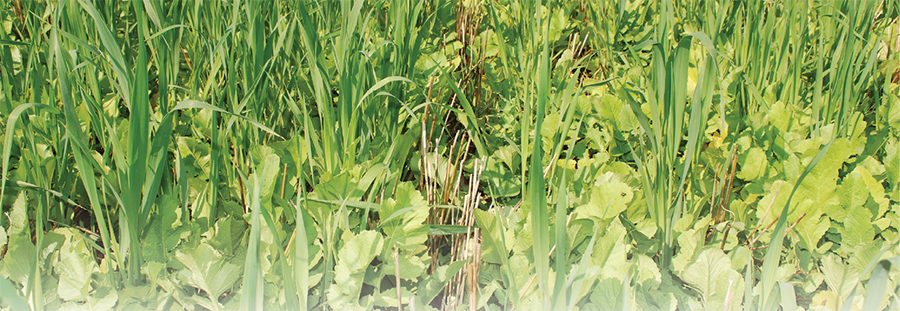No-Till Farmer
Get full access NOW to the most comprehensive, powerful and easy-to-use online resource for no-tillage practices. Just one good idea will pay for your subscription hundreds of times over.

When left to her own devices, Mother Nature makes sure there is something living and growing in the soil at all times.
In a traditional corn-soybean rotation, there are only active roots in the soil about 32% of the year, leaving the root zone a desert for the remaining 68% of the time. That leaves hungry soil microbes high and dry and organic matter in short supply.
With 150 years of this practice under our belts, today’s soils have lost 60% to 70% of carbon, which is where valuable nutrients are stored.
Jim Hoorman, Ohio State Extension educator, says that to achieve the benefits of a more natural cycle, including more efficient nutrient recycling, producers should look to add cover crops to their no-till system.
“What happens when we take out a fencerow or crop a pasture?” Hoorman asked attendees of the 2009 National No-Tillage Conference. “The corn grown in that old fencerow or virgin ground is darker green, a foot taller and yields better.
“By using cover crops to mimic that natural system, we can bring the rest of the field up to the fencerow instead of bringing the fencerow down to the rest of the field. When we add cover crops, we keep microbes well-fed and restore natural nitrogen and phosphorus cycles.
“In a traditional system, we are only about 30% to 40% effective at recycling nitrogen and 50% effective with phosphorus. Cover crops give us a way to recycle more of those nutrients with active carbon.”